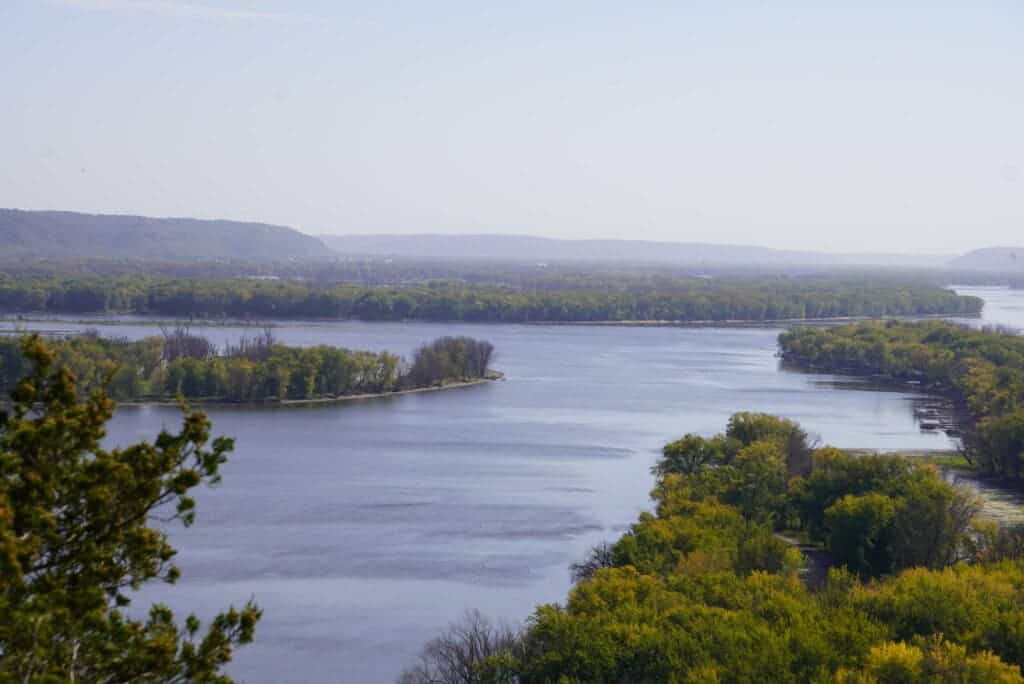Human activities are severely damaging freshwater systems around the world, with more than half of the river basins significantly impacted, according to a new decade-long study. Based on the study, which looked at 2,500 rivers around the world, the biggest problems are overfishing, water pollution, and climate change.

Freshwater habitats occupy just 1% of the Earth’s surface, yet are hotspots that support 10% of all known species, as well as providing food for millions of people. Rivers are still crucial to most cities around the world. This makes their conservation and management critical to the interest of all countries. But this valuable heritage is in a crisis, challenged by expanding human activities around the world.
River basins are experiencing declines in biodiversity far greater than terrestrial ecosystems. Recent studies showed that that global populations of migratory river fish have plunged by a “catastrophic” 76% since 1970, for example. If these trends continue, the opportunity to conserve much of the remaining biodiversity in freshwater will simply vanish.
Researcher Sébastien Brosse from the Paul Sabatier University in Toulouse, France worked with a group of colleagues over the past decade collecting data from river basins across the world. They grouped 2,456 basins that host more than 14,000 fish species, covering more than 80% of the global freshwater fish pool. With the dataset, they created an index to measure the changes in fish biodiversity in these rivers and how they have been affected by human activity.
Each river basin was then granted a score between 0 and 12, with the highest score representing the highest change in biodiversity because of human activity. Up to 53% of the river basins covering 40% of the planet’s surface had a score higher than 6. This means their fish biodiversity was severely affected by human activities, especially after the industrial revolution.
The worst-hit areas are often in the world’s wealthiest areas, such as western Europe and North America. Meanwhile, those least impacted river basins were mostly small-sized. They occupy only 13.4% of the world river basin surface and support 3,876 species. These least impacted rivers were overrepresented in the Afrotropical and Australian regions, the researchers wrote.
“The less-impacted rivers are mainly located in Africa and Australia. This is probably due to a slower rate of industrialization in Africa and low population density around rivers in Australia,” Brosse told New Scientist. “Rivers which have the most economic development around them, like the Mississippi River, are the most strongly impacted.”
Environmental organizations have proposed to protect at least 30% of the Earth’s surface by 2030. But that goal won’t be met if efforts are only concentrated on conserving fish diversity in the least impacted rivers, Brosse said. Protection also has to focus on areas affected by human activity, he argued, suggesting the new framework can help in getting a better idea of the impacts of humans on biodiversity.
The study was published in the journal Science.


